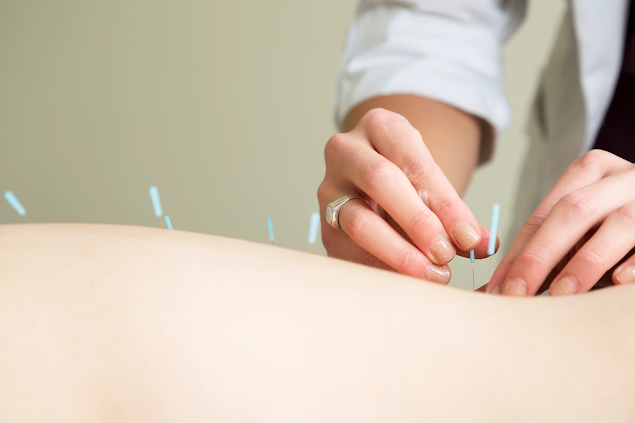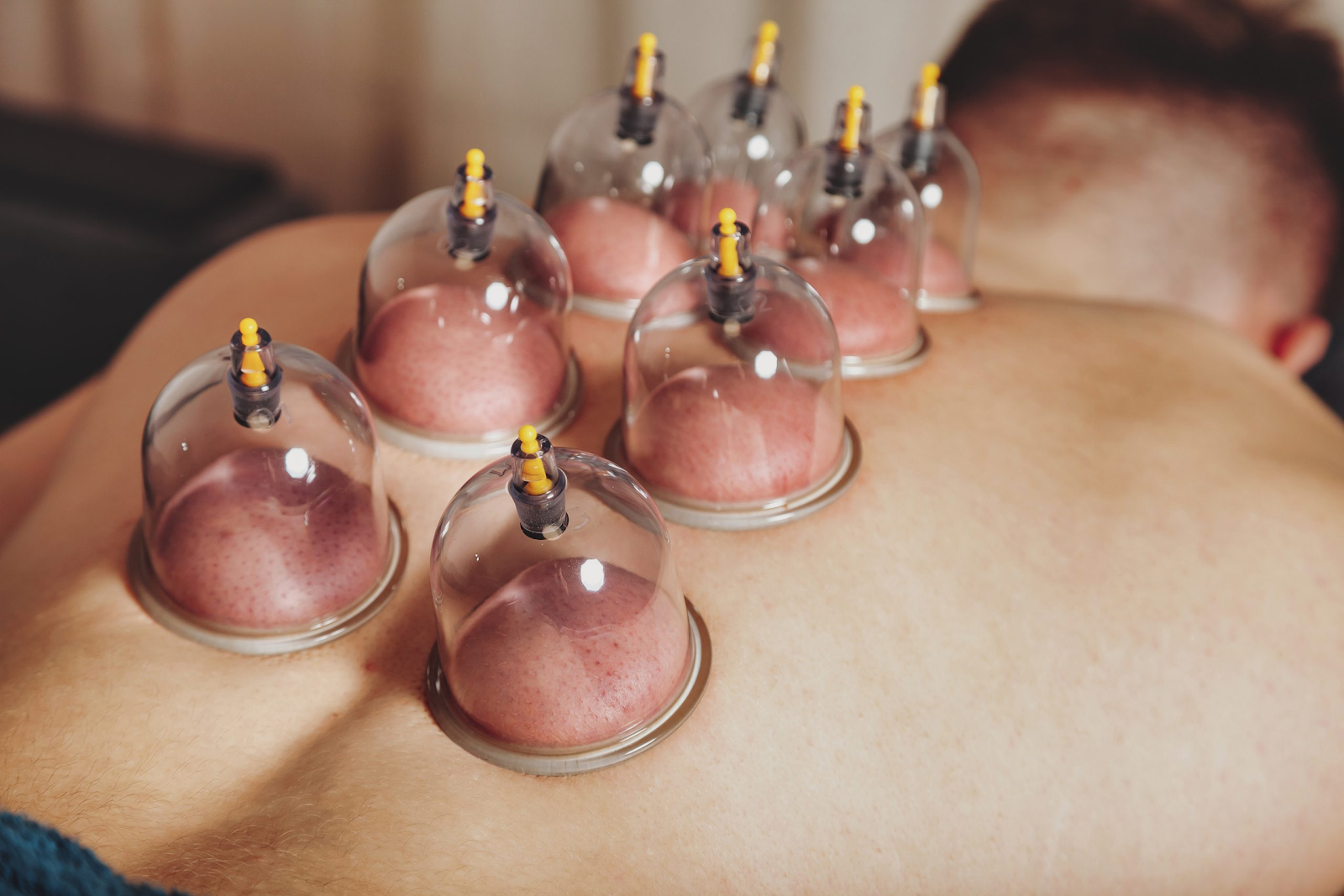Acupuncture vs Dry Needling | A Comparative Analysis | Floreat Acupuncture
Acupuncture and dry needling are two therapeutic techniques
that involve the insertion of thin needles into specific points in the body to
promote healing and relieve pain. While both methods employ the use of needles,
they differ in their origins, theoretical frameworks, and clinical
applications. In this article, we will delve into the characteristics of
acupuncture and dry needling, highlighting their similarities and differences,
and providing an unbiased analysis of their effectiveness in various medical
contexts.
Acupuncture:
The World Health Organization recognizes acupuncture as a
viable treatment option for various conditions, including musculoskeletal
disorders, pain management, digestive disorders, and stress-related conditions.
Acupuncture is also known for its potential benefits in reducing nausea and vomiting,
supporting fertility, and improving sleep quality.
Dry Needling:
Dry needling, on the other hand, originated from Western
medicine and is primarily used by physical therapists, chiropractors, and other
healthcare professionals. It focuses on targeting myofascial trigger points,
which are hyperirritable spots in the muscles associated with the development
of pain and muscle dysfunction. By inserting thin needles directly into these
trigger points, practitioners aim to release tension and restore proper muscle
function.
Unlike acupuncture, dry needling does not involve a
theoretical framework based on meridians or energy flow. It is grounded in the
current understanding of musculoskeletal anatomy, neurophysiology, and
evidence-based practice. Dry needling is commonly used to alleviate pain and
improve range of motion in conditions such as chronic pain, sports injuries,
tension headaches, and musculoskeletal disorders.
Comparison Acupuncture vs Dry Needling:
3.1 Needle Insertion Technique:
In both acupuncture and dry needling, thin needles are
inserted into the skin. Acupuncture typically uses shallower insertions and may
involve manual manipulation of the needles to achieve therapeutic effects. Dry
needling, on the other hand, often involves deeper insertions directly into
trigger points to release tension in the affected muscles.
3.2 Theoretical Framework:
Perth Acupuncture, Acupuncture is rooted in traditional Chinese medicine, which
emphasizes the balance of energy flow throughout the body. Dry needling,
however, follows a Western medical approach that focuses on neuromuscular
anatomy and physiological mechanisms.
3.3 Training and Regulation:
Acupuncture requires specialized training and certification,
typically obtained through accredited acupuncture schools or programs. In many
countries, acupuncturists must be licensed to practice. Dry needling, on the
other hand, is usually performed by healthcare professionals who have received
additional training in this technique, such as physical therapists or
chiropractors.
Effectiveness and Safety:
Both Acupuncture vs Dry Needling have shown promising
results in clinical settings, but their effectiveness may vary depending on the
specific condition being treated. Numerous studies have demonstrated the
efficacy of acupuncture for pain management, with some trials suggesting it may
be effective for conditions such as osteoarthritis, migraines, and chronic low
back pain. Dry needling has also shown positive outcomes in reducing
musculoskeletal pain and improving functional outcomes in various patient
populations.
Regarding safety, both techniques are generally considered
safe when performed by trained professionals. Adverse effects are typically
minimal, including temporary soreness, bruising, or mild bleeding at the needle
insertion sites. However, proper hygiene and sterilization protocols should
always be followed to minimize the risk of infection.
Conclusion:
Acupuncture and dry needling are therapeutic techniques that
involve the insertion of thin needles to promote healing and alleviate pain.
While acupuncture is rooted in traditional Chinese medicine and focuses on
meridians and energy flow, dry needling follows a Western medical approach and
targets myofascial trigger points. Both techniques have demonstrated
effectiveness in various clinical contexts, although more research is needed to
establish their efficacy for specific conditions. As with any medical intervention,
it is essential to consult with qualified professionals to determine the most
appropriate treatment approach based on individual needs and preferences. Looking for best Acupuncture Clinic Perth? Look none another then Floreat Acupuncture Perth for best & trusted Acupuncture Service.



Comments
Post a Comment